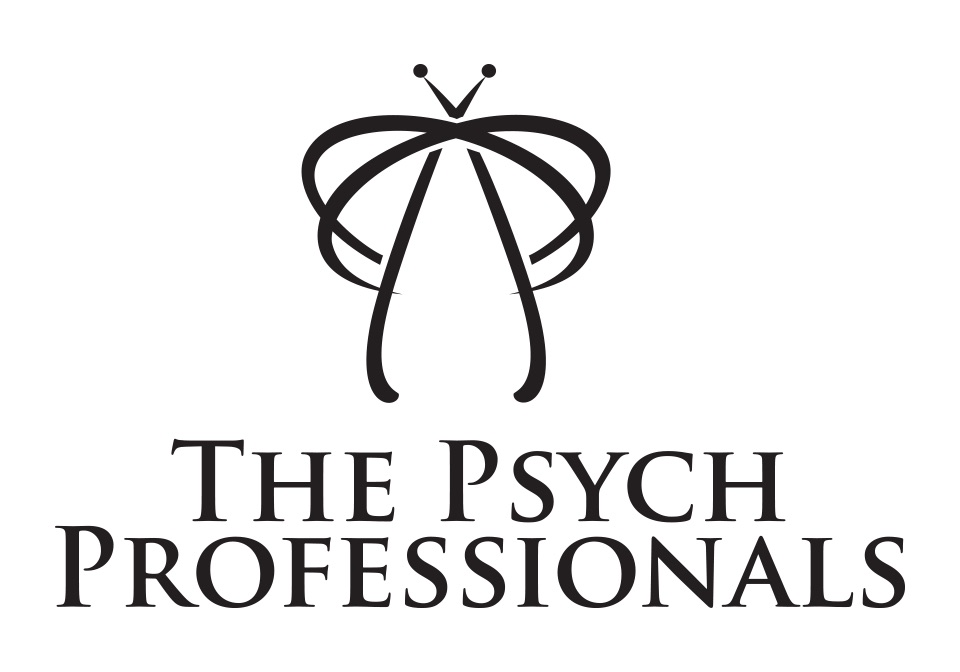We are increasingly exposed to the term ‘Autism’, but we do not often understand exactly what is encompassed by the words ‘Autism Spectrum Disorder’.
What is Autism Spectrum Disorder?
The term Autism Spectrum Disorder is used to refer to a lifelong disorder of development characterised by difficulties in three main areas: social communication, social interaction and restricted or repetitive patterns of behaviour, interests and activities. Find out more about Autism.
When does Autism start?
Autism manifests itself within the first year of life and it’s onset is generally no later than three years. Autism is usually not evident until the first year of life, because it is at this time that the development of social behaviour occurs and is expected.
But, what does the spectrum mean?
The word spectrum means that Autism manifests itself and differs in two ways, and those are the range of difficulties which are experienced, and the degree to which these difficulties are experienced. That means that each individual with Autism may have difficulties in the same areas, but the extent and degree to which each individual with Autism experiences this will vary from person to person.
What causes Autism?
It remains unclear what causes Autism, although it is certainly not caused by a child’s upbringing or their social living conditions or lack thereof. The occurrence of Autism is also perceived to be increasing, although that’s probably due to better identification and more awareness being raised about it. Currently, Autism is more prevalent in boys and the prevalence of Autism in Australia is 1 in 100 children, which equates to approximately 230,000 Australians with an Autism Spectrum Disorder.
How is Autism diagnosed?
Whilst many parents will watch their children and look for commonly identified symptoms of Autism, such as lining up toys, watching spinning objects or flailing their hands, diagnosing Autism is a complex data gathering process and may involve administration of tests and questionnaires, as well as diagnostic interviews with paediatricians, psychiatrists and psychologists. Therefore, diagnosing Autism is best left to the professionals. A parent or carer can watch for any unexpected deficits in social communication or interaction, as well as peculiar interests or repetitive-type behaviours or activities. If you are concerned about someone in your care exhibiting these symptoms, speak up and ask! A good source of information could be your General Practitioner, a psychologist or a paediatrician.
So can Autism be cured?
The answer is no. Autism is not a childhood disorder that a child grows out of, but it is a lifelong condition, meaning that a child with Autism will become an adolescent with Autism and eventually an adult with Autism. Although there is no cure for Autism, early intervention can serve to assist an individual child to lead as normal a life as possible. Interventions are many and varied, and vary on an individual basis, and also depend upon the direct needs of the child and their family unit. The best way in which to decide on an intervention stream or type, is in close consultation with your paediatrician or psychologist for autism counselling.
Autism is a challenge!
Understanding a child, adolescent or adult with Autism is a challenge, but a worthy one at that! Appreciating the unique point of view of that person and understanding the many and unique ways in which they understand and navigate their social realm can be a challenging, rewarding and humbling experience. Remember, we are all unique, in many more ways than one – and individuals with Autism are also unique, but unique in their interests, the way they communicate, and the way in which they express their behaviour and their areas of interest.
Find out about our ASD Counselling at The Psych Professionals we offer remote telehealth consultation or if you are in Cleveland or Loganholme in Qld Australia, book an in-person appointment with our psychologists
References
APA. (2013). Diagnostic and Statistical Manual of Mental Disorders 5. Washington, DC: American Psychiatric Association.
